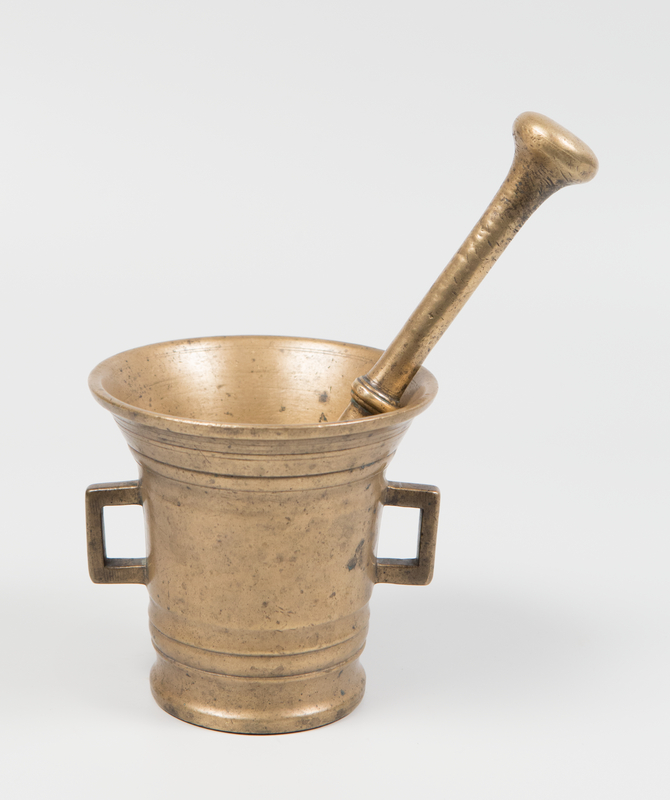Vilnius University Pharmacy

The medical recipe book of the Vilnius University (VU) pharmacy is one of the oldest surviving documents and contains doctors and professors’ recipes used to prepare various medicines. It shows that most of the 19th-century medicines were plant based. You wouldn’t be able to find all of them in a modern-day pharmacy; among the most popular ones were rhubarb roots, elder blossoms, opium, beaver glands, poppy syrup, potassium nitrate, mint grass and a mix of honey and vinegar called Oxymell. However, one medicine is still in use today and can be found on the shelves alongside daily food products. It is kefir, which was sold in pharmacies in the 19th century and even earned gold medals. Pharmacies also offered curative kefir fermented using the Caucasian mushroom and even a free-of-charge kefir delivery service.
Today, we can see Nestle products for children on the shelves of shops. It is known that 120 years ago, infant formulas from Switzerland reached the pharmacies of Vilnius as well. You could also flavour your soup with Maggi broth cubes. And we certainly cannot skip vaccines. Back in 1808, researchers at the Vaccination Institute in Vilnius were looking for more effective ways of preparing vaccines against smallpox and more efficient methods of vaccination. Vaccines were produced and in Vilnius and exported to Italy, Switzerland and other European countries.
